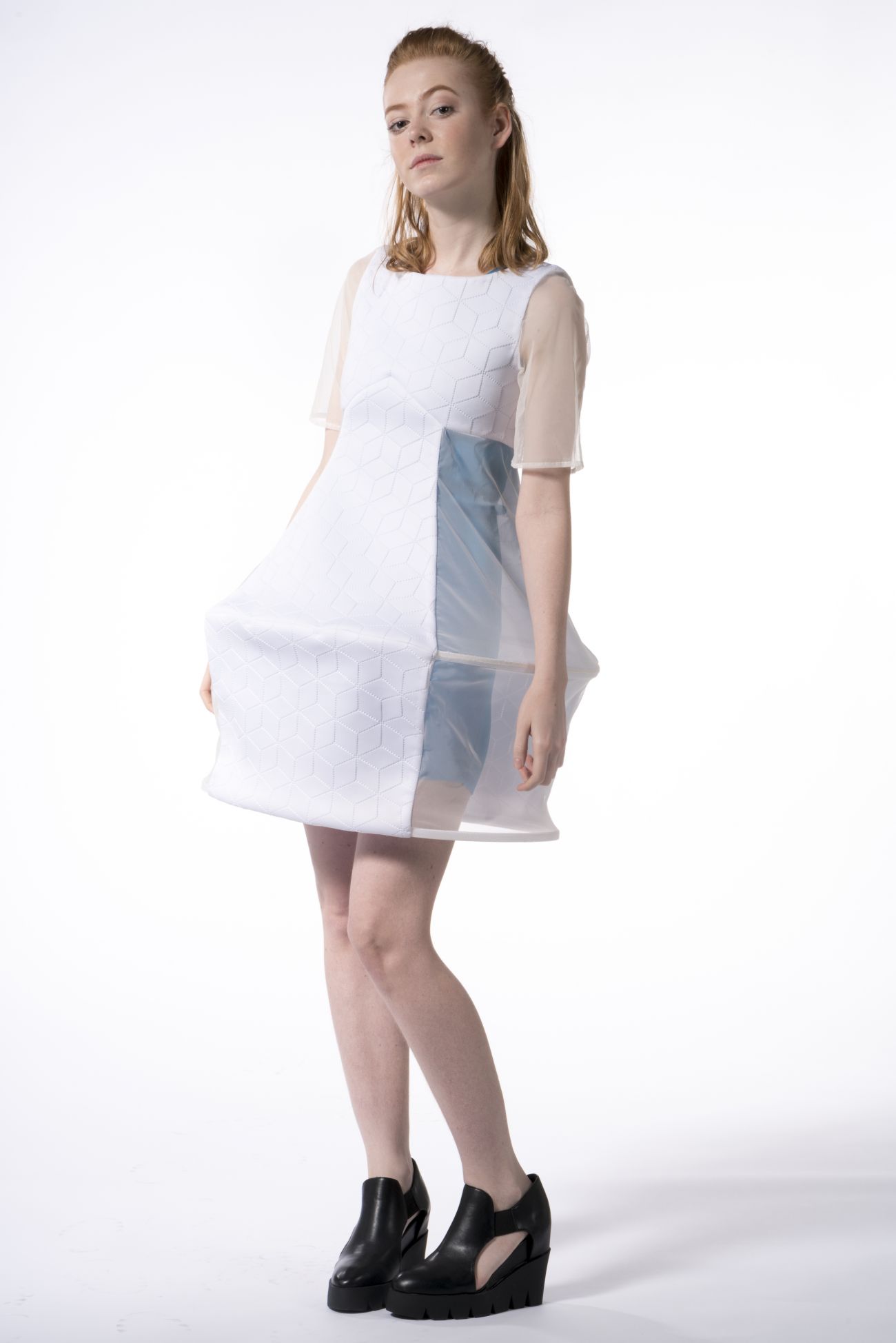- 2-D animation
- 3-D animation
- Abstract
- Abstract Painting
- Alt. process photography
- Animation
- Architect
- Archivist
- Art History
- Arts Writer
- BFA
- Blacksmith
- Book arts
- Book Illustration
- Branding
- Calligraphy
- Caricature
- Carpentry
- Ceramic
- Collaborative/collective
- Collage
- Color Photography
- Comics
- Commercial Photography
- Commission
- Community art
- Concept Art
- Conceptual
- Construction
- Copy photography
- Curator
- Development
- Digital 3-D modeling
- Digital Fabrication
- Digital Media
- Digital Photography
- Documentary
- Eco-Art
- Editor
- Editorial photography
- Engraving
- Etching
- Event photography
- Fab Lab
- Fashion
- Feminist
- Fiber
- Fiber Art
- Figure
- Film
- Film Photography
- Freelance
- Furniture Design
- Gallerist
- Game developer
- Garments
- Gender
- Goldsmith
- Graphic design
- Health and medical
- Home furnishing
- Identity Design
- Illustration
- Installation
- Interactive
- Interior Design
- Interior Painting
- Jewelry
- Kinetic
- Landscape
- Landscape Architect
- Lettering
- Letterpress
- Logo Design
- Master Printer
- Mechanical drawing
- Metal Fabrication
- Metalsmithing
- MFA
- Miniature
- Model
- Model maker
- Monotype
- Mural
- Mural Artist
- Music
- Packaging Design
- Painting
- Performance art
- Photography
- Porcelain
- Portrait
- Portraiture
- Preparator/ Art Handler
- Printmaking
- Product Design
- Public Art
- Public Engagement
- Representational
- Restoration
- Robotics
- Screenprinting
- Sculptor
- Sculpture
- Sign painter
- Social media
- Social Practice
- Soft Sculpture
- Stone
- Stop Motion Animation
- Street Art
- Surface Design
- Teaching artist
- Textile
- UI Design
- Video
- Visual Identity
- Web Design
- Wedding photography
- Window display
- Woodcut
- Woodworking
- Writer
Daedalus or Viri et Machina
Connect me with Justin Desper










Description
In 1957 evolutionary biologist Julian Huxley provided the first definition of Transhumanism: "Man remaining man, but transcending himself, by realizing new possibilities of and for his human nature." Sixty years later, the term has become synonymous with the future of our evolution-becoming post-human by assimilating advanced technology into our bodies. However, talk of enhanced natural abilities resulting from the combination of man and machine can overshadow the human part of becoming post-human. Using garments enhanced with tech like sensors, servo motors, and LEDs to represent an enhanced body, my work in "Daedalus or Viri et Machina" aims to analyze what it means to be human in a post-human world. I am interested in how enhancement will change fundamental aspects of our nature, specifically communication and social intimacy. By designing interactive textiles that react to the human touch, I can create a representation of future body enhancements. However, the collection still holds Huxley's words, "man remaining man" at its center. The inherent importance of the person who has assimilated the technology into their body is emphasized through sheer windows in the garments, revealing the human figure underneath.

